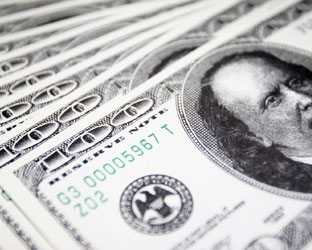 While U.S. Internet users say they learn more about politics from television than anywhere else, digital video is a growing source of campaign information as well.
While U.S. Internet users say they learn more about politics from television than anywhere else, digital video is a growing source of campaign information as well.
Radio as well as TV station videos are a source of that information. The information also points to the need for radio stations to have their station apps available, and especially the NextRadio app.
Desktop video led the mix of digital ad formats served on the TubeMogul programmatic platform across campaign type between January 2015 and April 2016 with mobile video close behind. The video advertising platform has been serving political ad campaigns for presidential candidates, House and Senate hopefuls, and local politicians—each of which has a unique format mix to their campaign strategies.
Desktop video ads have made up the bulk of each campaign’s approach. Local campaigns concentrated on this format the most (96%) since the beginning of 2015, and have used mobile video for the remainder of their campaigns. Similarly, congressional campaigns served up 70% of their mix as desktop video, followed by 15% of impressions for each of mobile video and desktop display.
The U.S. media and entertainment industries will spend a combined $7.34 billion on paid online and mobile media advertising in 2016. eMarketer expects this investment to grow to $11.52 billion by 2020 as digital consumption of news and entertainment rises.




